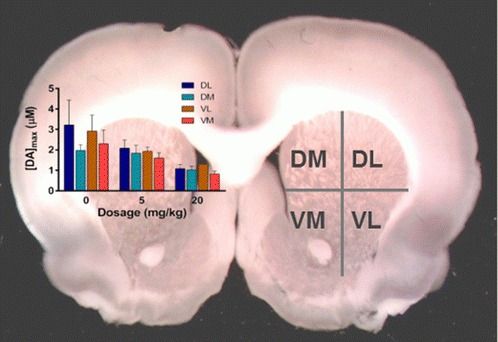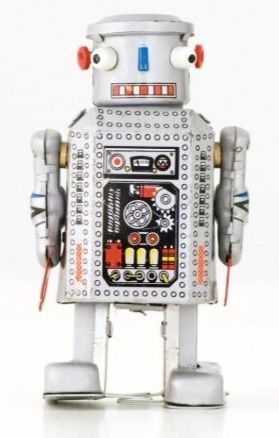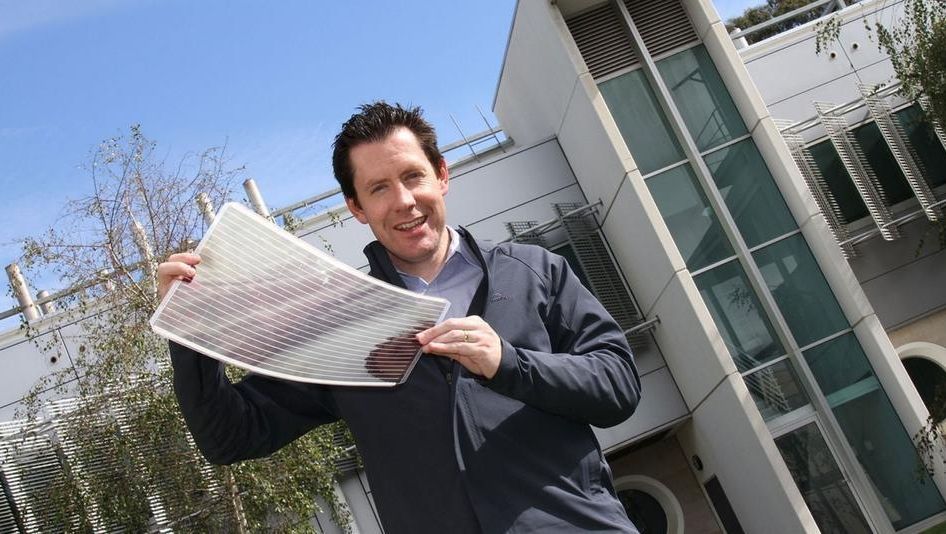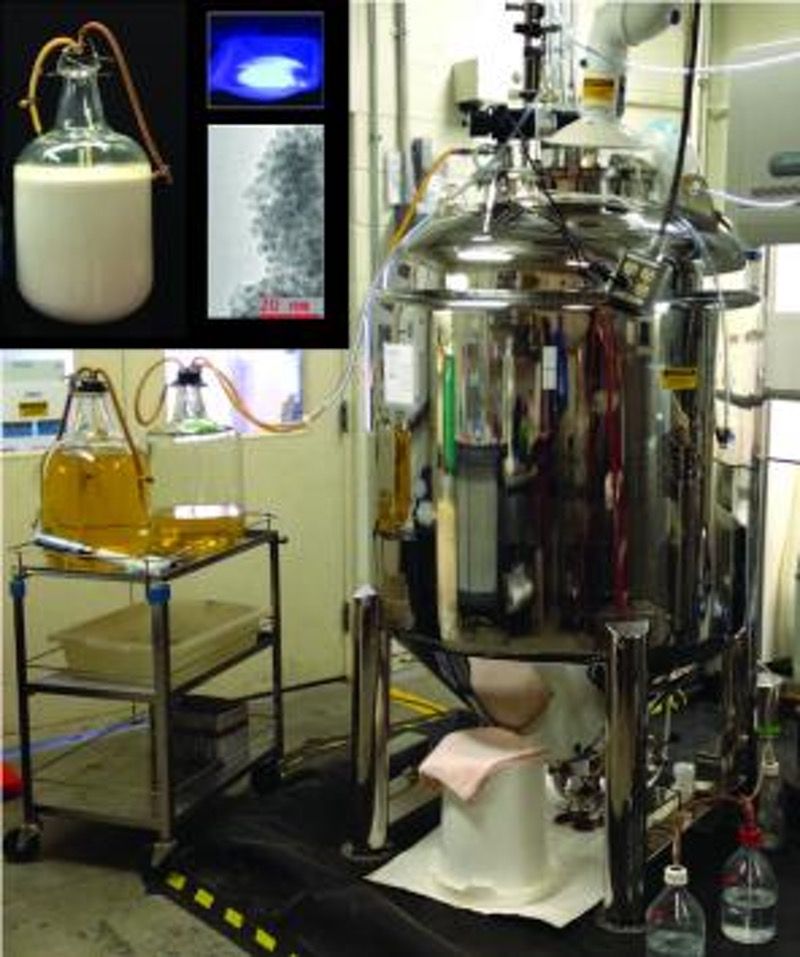May 25, 2016
Scientists Unearth Key Evolutionary Link in Proteins
Posted by Karen Hurst in category: evolution
Researchers recently made an important discovery in protein science that will advance our understanding of the inner workings of cells. In an article published in Scientific Reports, the team said they found a critical evolutionary link between a protein’s structure and its function.
Like tiny molecular machines, proteins handle a variety of functions from transporting chemicals to breaking food down into nutrients. The vast range of protein function is possible because of their unique gene-encoded sequence of amino acids, which affects the three-dimensional shape that folded protein chains adopt.
To better understand them, researchers have sequenced and resolved a huge number of protein structures. Currently, the Protein Data Bank includes 110,000+ structures—far more than the number with known functions. Powerful bioinformatics tools assist in making correlations between the shape and purpose of a protein, but what’s been missing is a direct structure-function link, tantamount to a Rosetta stone-like key.
Continue reading “Scientists Unearth Key Evolutionary Link in Proteins” »


















